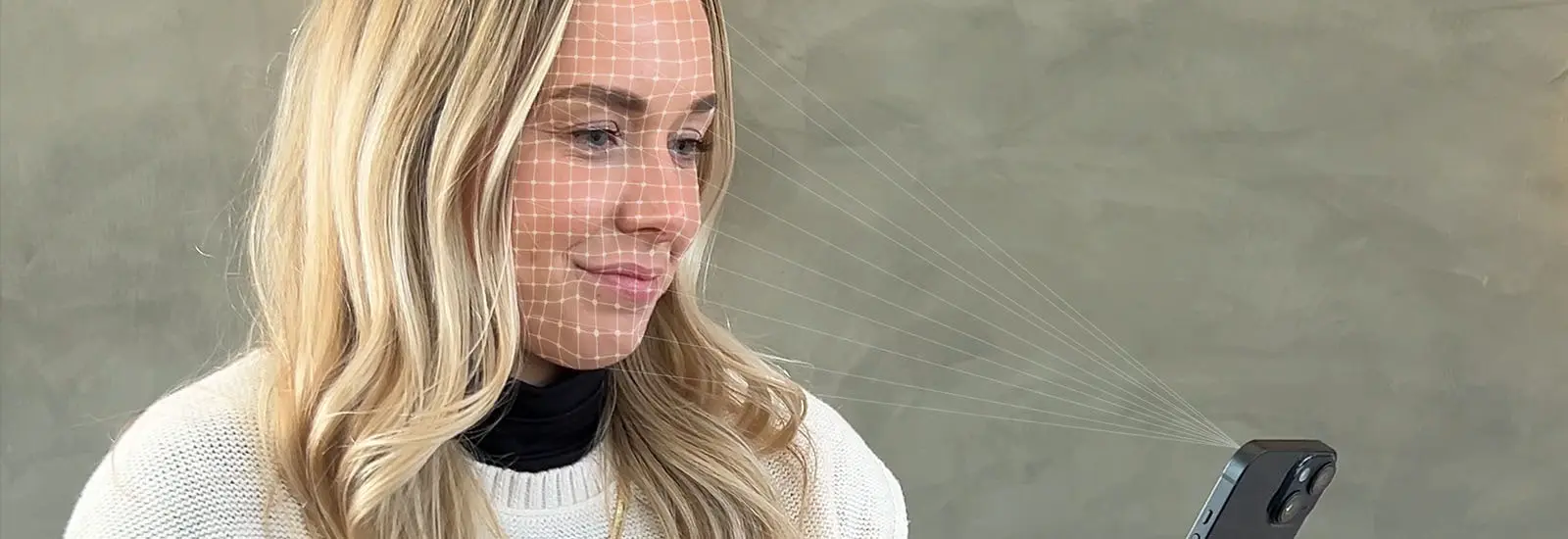Keeping up with ever-changing skincare buzzwords can sometimes feel like a lot of work. From jade rolling to lip masks, it can be tough to know what trends will be forgotten in a month — and which ones are truly worth learning about.
Fortunately, there's one ingredient that's here to stay: glycolic acid for skin. Here's what you need to know.
What is glycolic Acid, exactly?
This term probably already rings a bell. It's a key component in many popular products and is widely considered a complexion holy grail — but why? As the Journal of Cosmetic Dermatology explains, glycolic acid is a naturally occurring alpha-hydroxy acid. It has therapeutic properties, making it perfect to tackle a whole range of skincare conditions.
What are the advantages of using Glycolic Acid for skin?
Glycolic acid corrects skin problems by renewing the uppermost layers of skin through exfoliation. The ingredient helps with dry patches, eczema and psoriasis, warts, rough skin and rosacea, as well as skin changes associated with aging, such as wrinkles and sun damage.
That's a hefty list! Let's be honest, everyone could use a little assistance in at least one of these departments, right?
If you have blemishes or scars left over from acne, glycolic acid can jump-start your skin's healing process by refreshing your skin cells and erasing signs of damage. A study published in the Journal of Dermatology revealed evidence that using glycolic acid — whether in high concentrations in a series of skin peels or in low concentrations as part of a daily long-term skin routine — leads to improvement in patients with acne scars. Another study included in the journal Dermatologic Surgery demonstrated that using glycolic acid for skin issues, primarily acne, effectively improved skin after just two chemical peel applications at 30 percent concentration.
How does Glycolic Acid work?
Alright, that's enough raving for now. Take out your test tubes and goggles — it's time to get scientific! Specifically, let's dig into how chemical peeling and exfoliating with glycolic acid works.
The American Society for Dermatologic Study has confirmed that glycolic acid can be applied to the skin at two levels. In low or "superficial" amounts, this alpha-hydroxy acid penetrates only the outer layer of skin to gently exfoliate it and reveal the new, less damaged skin underneath. However, when used in higher amounts, glycolic acid penetrates the outer and middle layers of skin to remove dead skin cells, which will eventually peel off (hence the term "chemical peel").
How Is Glycolic Acid applied?
When you're using glycolic acid for the first time, it's a good idea to start with light doses, just like with any new skincare ingredient. You can ease into it by kicking off your morning and bedtime rituals with a pore-refining face wash that contains glycolic acid. This product will cleanse and exfoliate your skin, combining several steps of your skincare routine into one. Start by wetting your face with warm water, gently massaging a small amount of product onto your face and then rinsing it off. Aside from the cleanser, you can also benefit from the use of a glycolic acid mask, toner and cream.
In addition to practicing daily cleansing, you can follow it up with a purifying peel-off mask up to twice per week. Simply apply an even layer of the mask, let the product dry for about 20 minutes and then peel it off from the edges after it has fully hardened. You'll see that the mask reaches deep into clogged pores, removing dead skin cells, excess oil, dirt and makeup, leaving skin clean and soft.
And remember, if you eventually want to move on to using the higher amounts of glycolic acid found in chemical peels, consult your dermatologist first to see if you're a fitting candidate.





